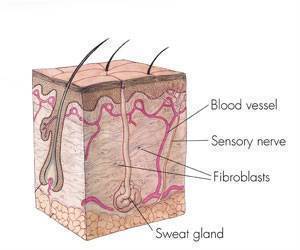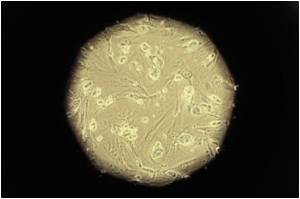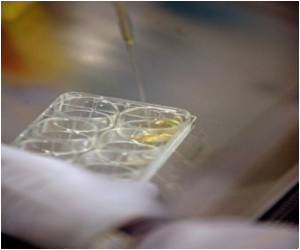A new University of Manchester study has revealed the mechanism that binds skin cells tightly together.

David Garrod, in the Faculty of Life Sciences, has found that the glue molecules bind only to similar glue molecules on other cells, making a very tough, resilient structure.
Further investigation on why the molecules bind so specifically could lead to the development of clinical applications.
Garrod said, "Our skin is made up of three different layers, the outermost of which is the epidermis. This layer is only about 1/10th of a millimetre thick yet it is tough enough to protect us from the outside environment and withstand the wear and tear of everyday life.
"One reason our epidermis can do this is because its cells are very strongly bound together by tiny structures called desmosomes, sometimes likened to rivets. We know that people who have defects in their desmosomes have problems with their epidermis and get extremely unpleasant skin diseases.
"Understanding how desmosomes function is essential for developing better treatments for these and other types of skin disease and for non-healing wounds.
Advertisement
Hence, our findings could also be relevant in the heart and in developing new treatments for heart disease.
Advertisement
"For reasons that we do not fully understand there are several different but closely-related glue molecules within each desmosome.
"Our results show that each glue molecule on one cell binds primarily to another of the same type on the neighbouring cell, meaning the binding is highly specific. This was very surprising because previous studies using different techniques had not been able to give such a clear answer on the specificity of binding," he said.
He added, "Our result suggests that this type of specific binding is of fundamental importance in locking together cells of the epidermis into a tough, resilient structure. It is an important step forward in our research, which aims to develop better treatments for non-healing wounds, other skin diseases and heart problems."
The findings have been published in the Journal of Biological Chemistry.
Source-ANI















